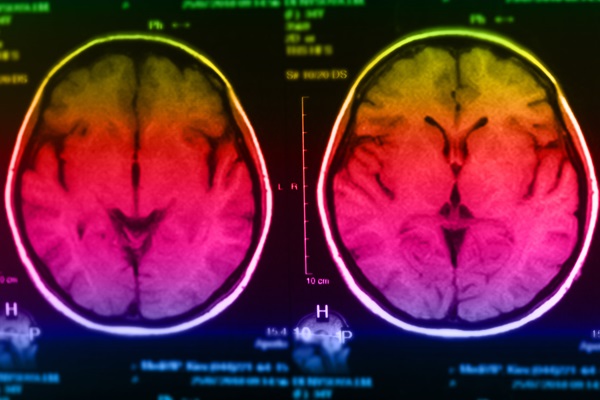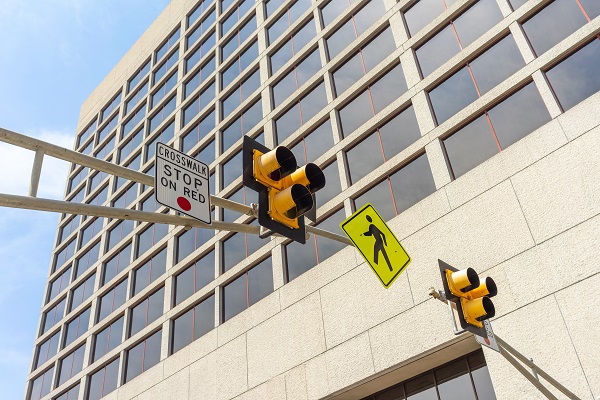FMCSA Rule Changes Could Impact Truck Accident Investigations

Why Preserving Evidence After a Truck Accident May Get More Difficult
The Federal Motor Carrier Safety Administration (FMCSA) has recently proposed a sweeping set of 18 rule changes that could significantly impact how the trucking industry operates – and how truck accidents are investigated. These changes affect nearly every aspect of commercial motor vehicle regulation, from how inspections are conducted to the reporting requirements for carriers.
For injury victims and their families, these updates matter. When a serious crash involves an 18-wheeler or other commercial truck, the investigation that follows can make or break how much money you receive for your accident-related expenses, which can add up fast after a serious truck accident.
What are the proposed FMCSA rule changes?
In May 2024, the FMCSA announced its initial request for public comment on 18 proposed changes to its current safety regulations. This May, the FMCSA published 18 proposed changes, which the public can comment on for 60 days, according to FreightWaves.
The proposed changes are part of the agency’s “Zero-Based Regulation” (ZBR) initiative, which aims to evaluate and streamline federal trucking rules. Some of the noteworthy proposals include:
- Removal of self-reporting requirement since violations are automatically reported electronically between state agencies.
- Expand military exemption for commercial driver’s license (CDL) training requirements.
- Revising inspection, repair, and maintenance recordkeeping requirements
- Modify what constitutes “medical treatment” after an accident. Specifically, X-rays and other imaging scans would not be considered medical treatment, as they’re used solely to diagnose whether an injury has occurred.
- Stop requiring trucking companies to send federal truck inspection reports to state agencies.
- Update requirements for maintaining driver qualification files.
- Adjust the rules governing hours-of-service (HOS) exemptions.
- Modify vehicle marking requirements.
- Review the current definition of a “commercial motor vehicle.”
While the FMCSA describes these potential changes as administrative improvements, the ripple effects could be significant. Investigators, attorneys, and injury victims rely on existing FMCSA regulations to uncover violations that may have contributed to a crash. Any proposed changes could influence how commercial truck accidents are investigated in the future.
Why FMCSA regulations matter in truck accident cases
Truck accident investigations often involve more than just police reports and witness statements. In serious cases – especially those involving catastrophic or fatal truck crashes – the National Transportation Safety Board (NTSB) may conduct its own independent investigation.
In such cases, evidence related to the truck accident often serves as the cornerstone of any truck accident claim or lawsuit. Key evidence that could be influenced by the proposed FMCSA rule changes includes:
- Driver logs and hours-of-service records – Used to determine whether the driver was operating under fatigue or in violation of rest requirements.
- Vehicle maintenance and inspection records – Can reveal whether the trucking company failed to keep the truck in a safe operating condition.
- Driver qualification files – May show that a driver had a history of violations or was not properly trained.
- Drug and alcohol testing records – Required by federal law in many situations, and can reveal safety risks.
- Electronic Logging Device (ELD) data – Used to verify driving time, speed, and other key metrics.
If these records become harder to obtain, less detailed, or no longer required due to regulatory changes, accident victims may face additional hurdles to proving negligence, which is key when building a case against a truck driver, trucking company, or another at-fault party.
How could these rule changes impact crash victims in Texas?
Texas consistently ranks among the states with the highest number of fatal truck accidents. In fact, it’s often the state with the highest number of truck accident fatalities in a single year, according to the National Safety Council (NSC).
Specifically, there were 26,312 commercial vehicle crashes in the Lone Star State in 2023, according to the Texas Department of Transportation (TxDOT). Many of these truck accidents occurred on major highways like I-10, I-45, and I-69. In Harris County alone, more than 5,000 commercial vehicle crashes were recorded last year.
As a result, any proposed changes to FMCSA regulations governing the commercial trucking industry could have a major impact on a wide range of truck injury cases. If trucking companies face fewer reporting requirements, for example, they may be able to withhold key evidence, such as maintenance logs or driver history, that could otherwise be used to prove liability.
It could also make it harder to demonstrate patterns of noncompliance. For instance, if the FMCSA loosens documentation requirements for inspections, a company with a long history of poor maintenance may not face accountability unless more stringent state-level regulations apply.
What Are the Most Common FMCSA Violations Associated With Truck Accidents?
Even before the proposed FMCSA rule changes, certain violations have consistently contributed to serious and fatal truck crashes across Texas and the United States. These infractions often point to systemic safety issues within trucking companies and may become more challenging to detect if reporting requirements are relaxed.
According to the Federal Motor Carrier Safety Administration (FMCSA), the most frequently cited violations during roadside inspections include:
- Hours-of-Service (HOS) Violations: Truck drivers are subject to strict limits on driving hours to prevent fatigue-related accidents. Violations such as exceeding allowable driving hours or failing to maintain accurate logbooks are common. In 2021, “False Report of Driver’s Record of Duty Status” and “No Record of Duty Status (ELD Required)” were among the top five violations cited by FMCSA.
- Vehicle Maintenance Failures: Proper maintenance is crucial for safe operation. Common issues include inoperative lamps, brake system defects, and tire problems. The FMCSA reported that “Inoperable Required Lamp” and “Clamp/roto-chamber type brake(s) out of adjustment” were among the most cited vehicle violations.
- Improper Driver Qualifications: Operating a commercial motor vehicle (CMV) without the proper commercial driver’s license (CDL) or endorsements is a serious violation. “Operating a CMV Without a CDL” was one of the top five violations in 2021.
- Cargo Securement Issues: Failing to properly secure cargo can lead to load shifts, increasing the risk of rollovers or loss of control. While specific statistics on cargo securement violations are less prominent, they remain a critical safety concern.
- Distracted or Impaired Driving: FMCSA regulations prohibit the use of hand-held mobile devices while operating a CMV and mandate drug and alcohol testing. Violations in these areas can significantly increase crash risks and are very common, according to the FMCSA.
What happens next with the FMCSA proposals?
The FMCSA’s proposed rule changes are still in the early stages of development. The agency is collecting feedback from the public, safety advocates, and the trucking industry as part of the rulemaking process. After reviewing comments, the FMCSA may revise or withdraw some proposals before finalizing new regulations.
Still, these proposals offer insight into how federal oversight of the trucking industry could evolve in the coming years – and why legal representation is more important than ever after a serious truck accident.
Learn how a Houston truck accident lawyer can fight for you
Commercial truck accidents are not ordinary crashes. They often involve complex federal rules, high-stakes insurance policies, and powerful corporate defendants. If you’re injured in a crash involving an 18-wheeler, a delivery truck, or a commercial fleet vehicle, it’s critical to speak with a law firm that knows how to investigate and build strong cases under Texas and federal law.
At Smith & Hassler, our attorneys have been fighting for crash victims in Houston for over 30 years. We understand how FMCSA regulations apply to your case, and we know how to hold negligent trucking companies accountable. That’s why we consistently obtain settlements and verdicts for clients, including $1.38 million in one truck accident case.
Contact us for a free consultation to learn more about your legal options. We’re here to listen and to help you demand the justice and compensation you deserve.
“I was rear-ended by a tractor-trailer while waiting for traffic to clear up on a busy highway and woke up seven days later in a hospital with multiple fractures. Someone from my family had contacted Smith & Hassler while I lay unconscious. It was a very wise decision. To anyone who finds themselves in a similar situation, they are the go-to guys.” – Benji S., ⭐⭐⭐⭐⭐













